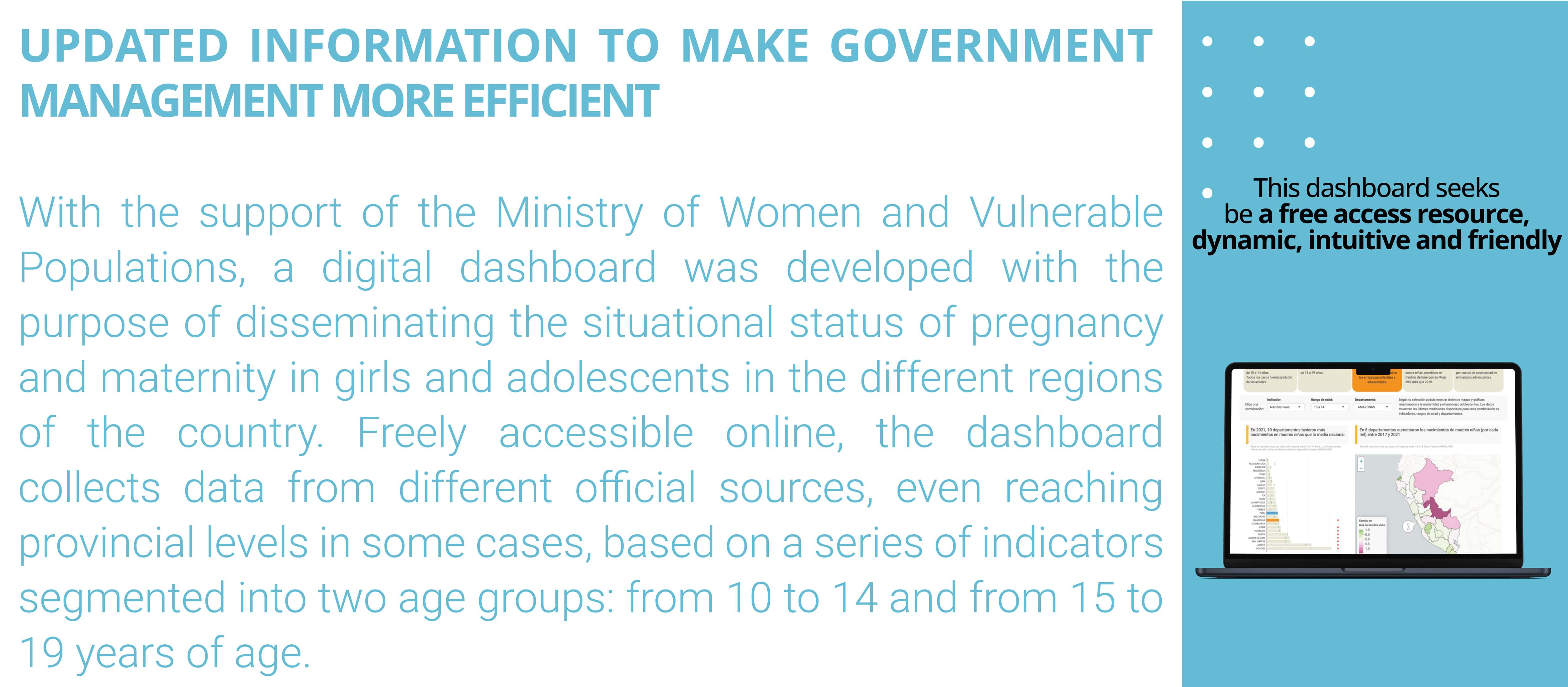Expected outcome 3: Disaggregated data systems strengthened to visualize the situation of the most disadvantaged population groups and include population changes and megatrends (including the demographic dividend, human mobility, and climate change) in order to improve evidence-based policy making, in humanitarian and development settings.
We live in a world marked by population transformations, affected by megatrends such as inequality, the demographic bonus and ageing, human mobility, climate change, health, economic and food crises, and the relations between them. In this highly complex and uncertain context, it is extremely important for statistical systems to generate quality and relevant information, process and analyze it, and have national and subnational institutions and stakeholders use it to develop and implement legal, policy, financial, and accountability frameworks based on evidence. In particular, it is key in the case of data from vital statistics, population-based surveys, and administrative records related to gender equality, and sexual and reproductive health and rights, since their quality, timeliness, and breakdown may guide crucial decisions that leave no one behind. Through this component, UNFPA seeks to contribute to strengthening information systems so that they include population dynamics and megatrends, taking into account the most disadvantaged population groups and territories and making them visible in order to have better policies for sustainable development.

1.Build the capacities of the national statistical system to generate fully disaggregated, high-quality data to measure SDG indicators. |
4.Strengthen the surveillance of maternal morbidity and mortality, as well as response capabilities and systems, including causes of maternal deaths. |
2.Support the development of a national population policy, as well as key policies, plans and programs to consider population dynamics and megatrends, including national censuses and/or intercensal counts. |
5.Build national and subnational capacities to collect data on obstetric events in adolescent mothers under 15 years of age. |
3.Strengthen information systems on health management at the national and subnational levels with disaggregated data and using new technologies. |
|

Number of national and subnational development plans that address sexual and reproductive health, reproductive rights, and gender equality and that explicitly include population dynamics and megatrends.
Baseline: 0 - Goal: 5
5 national and subnational development plans that address sexual and reproductive health, reproductive rights, and gender equality and that explicitly include population dynamics and megatrends.
Percentage of SDG indicators prioritized by UNFPA, produced at the national level with internationally agreed metadata and at least 5 disaggregation stratifiers.
Baseline: 0 - Goal: 50%
50% of SDG indicators prioritized by UNFPA, produced at the national level with internationally agreed metadata and at least 5 disaggregation stratifiers.
Percentage of underreported maternal deaths
Baseline: 30% - Goal: 20%
Reduce underreporting of maternal deaths to 20%.




